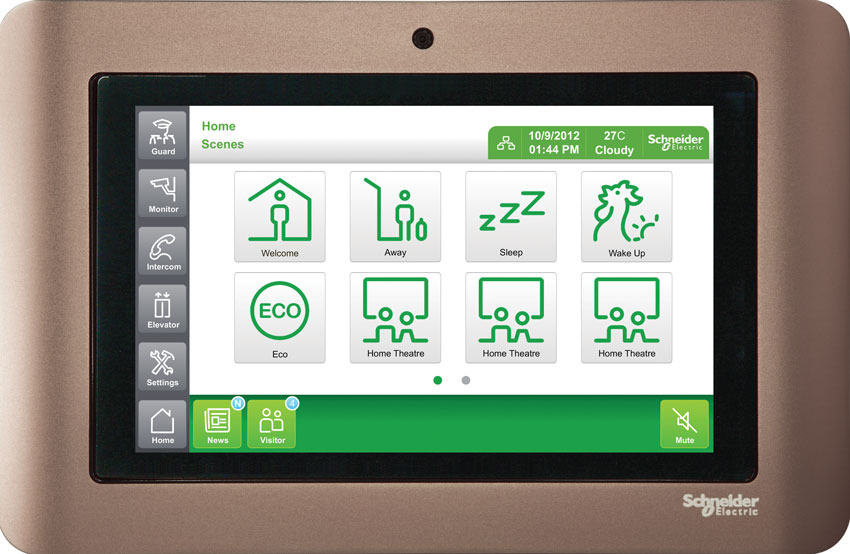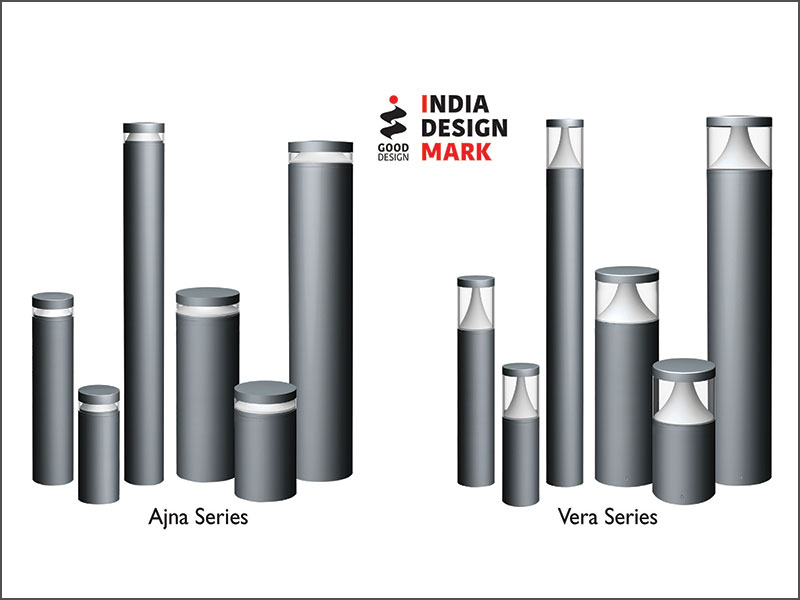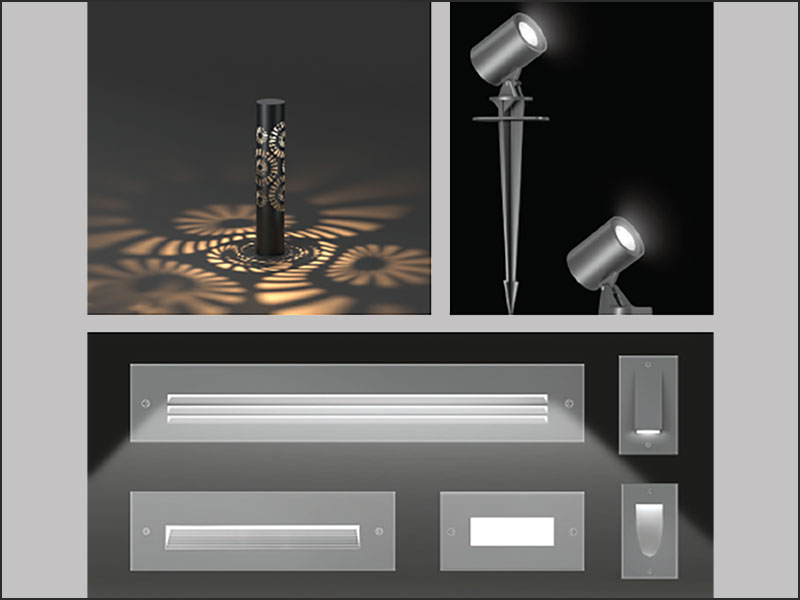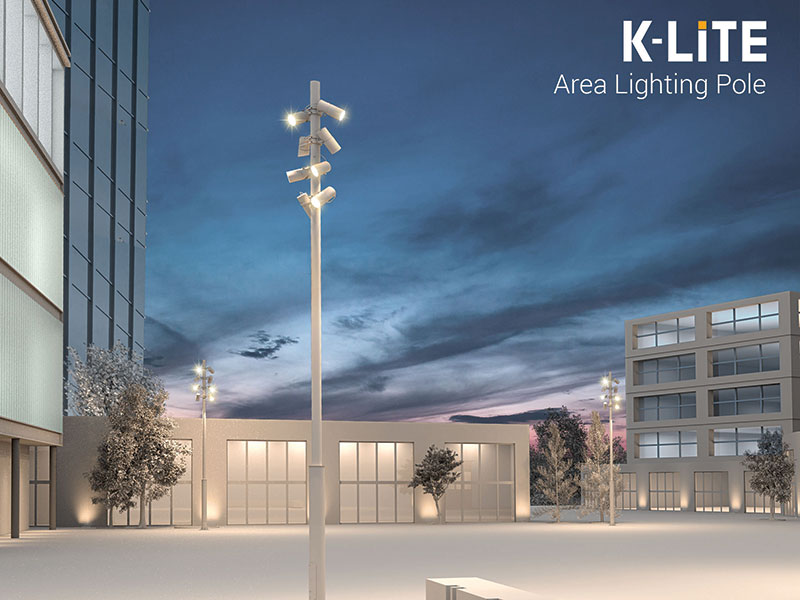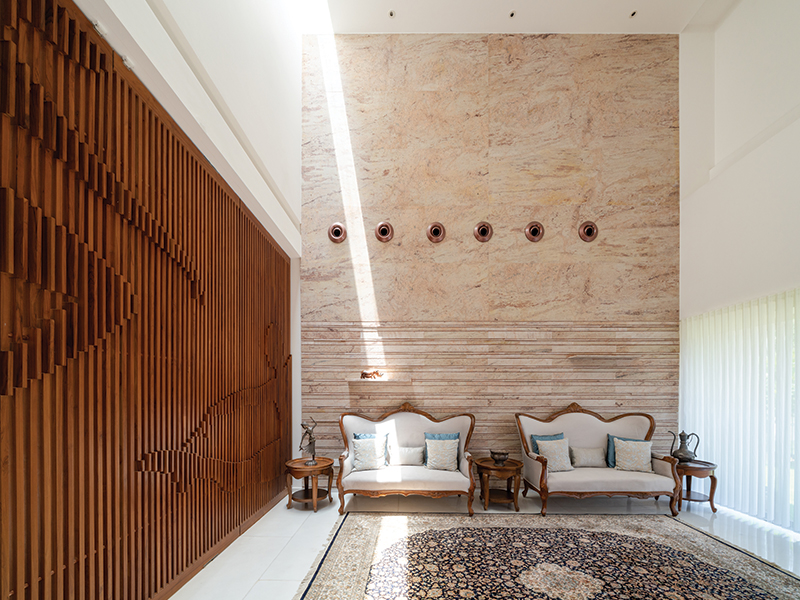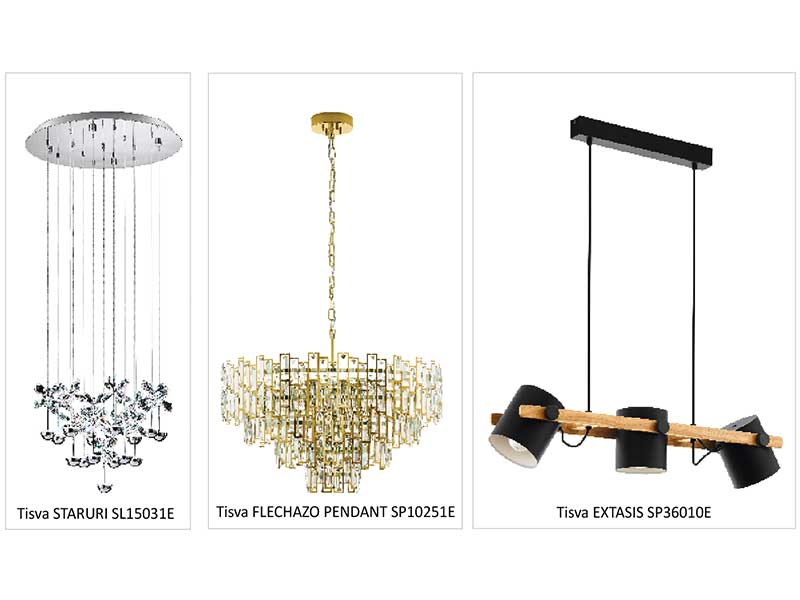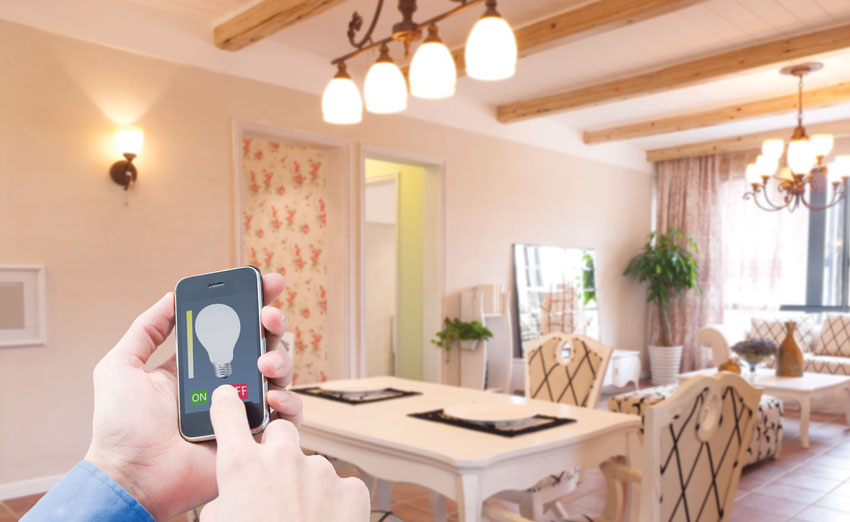
With the advent of smart cities, the lighting industry is in a phase of transformation and hence is in the process of re-inventing itself.
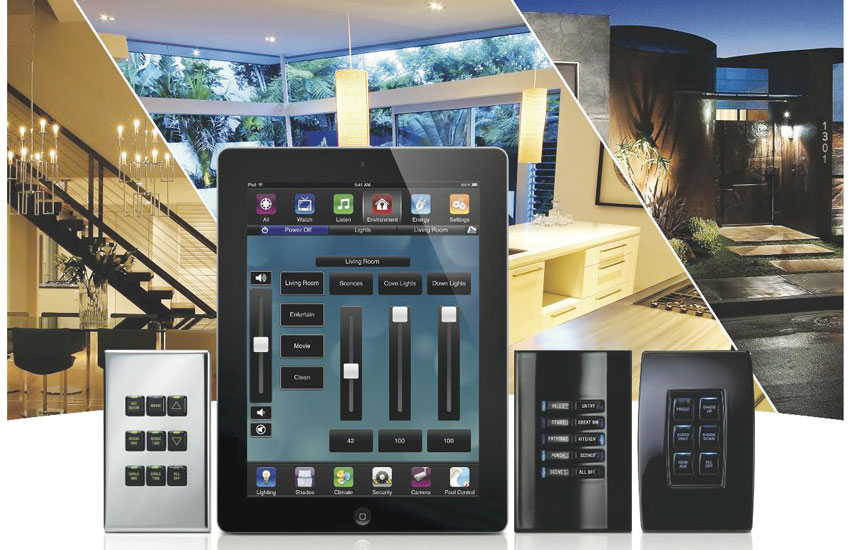
As the world's population rises at an increasingly rapid pace, driven by ever igniting urban growth, the topic of the 'sustainable, livable city' is gaining momentum. According to an estimate, by 2050, more than two-thirds of the world's population will live in cities—and over three billion people will live in new, expanded, or renovated urban settings. To accommodate this massive urbanization, we need smarter ways to manage the complexities, reduce expenses, increase efficiency and improve the quality of life.
When it comes to improving the quality of life, light becomes an inevitable component as its timely and adequate availability affects quality of life, safety, security, and productivity. 'Smart lighting' is the answer to all these as it is the lighting system which, with the help of latest technology, delivers light only when and where, needed; and to the extent, required. In short, a typical smart lighting solution would switch-on the light in a room as one enters and switch-off as he exits, thanks to the sensor-based LED dimmable lighting solutions, and integration of lighting–partial or full–with automation.

Setting New Trends
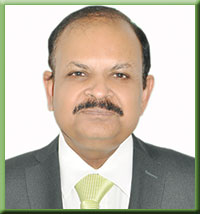
The recent developments have altogether changed the way lighting was being perceived. Lighting is not merely considered as a product but has evolved to become a service to be offered when and where needed! Speaking on this transformation in lighting technologies, Mr B S Praveen, MD of Pune-based B,A,G, Electronics, says, "Smart lighting helps us reach optimized light level, with the help of efficient light source to maintain the best comfort, well-suited to the purpose. This has been only possible with the arrival of sensor-based, dimmable LED lighting solutions to be supplied with higher efficiency luminaires and light sources."
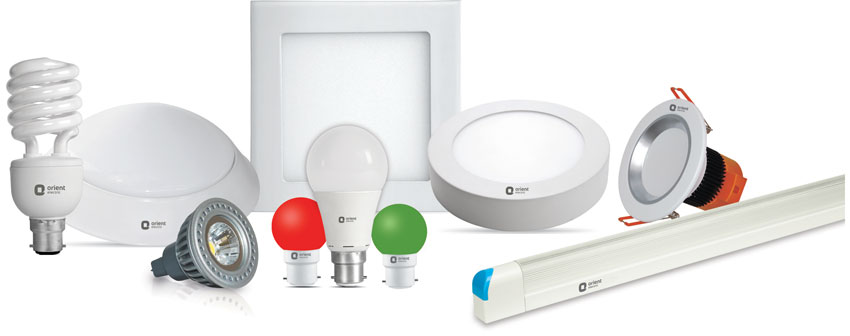
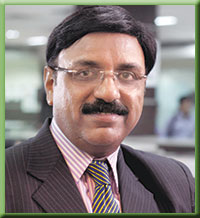
Explaining the reason of this miraculous change in lighting, notes Mr Puneet Dhawan, Senior VP and Business Head at Lighting BU of Orient Electric, "Efficiency, durability, and performance are the three key variables which are driving this change. The new age products will be intelligent, responsive and would have the flexibility to deliver customization as never before besides being eco- and, consumer-friendly. We can see this change happening across the segments – be it lighting solutions for general, industrial, or professional segments."

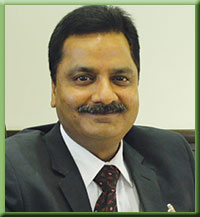
Elaborating on the sustainability feature of LED lighting, 'Mr Arun Gupta, MD, NTL Electronics India Ltd, says "As there is a strong movement towards sustainable solutions in lighting, LEDs seem to be the next big thing in commercial and residential spaces." He shares that switching from a traditional to an LED-based lighting system alone can yield significant energy savings of more than 50%. "Additional reductions in power consumption can be achieved by incorporating occupancy or photo-sensors in the lighting systems. While occupancy sensors–by using passive IR or RF technology–detects the occupancy of space and turns the lights on or off automatically; the photo sensors help adjust the electric lighting based on the available daylight. Another aspect can be lighting automation, wherein lighting can be controlled through remote or from mobiles/tabs over the wireless network. This helps setting mood lighting and allows customization to a greater extent."
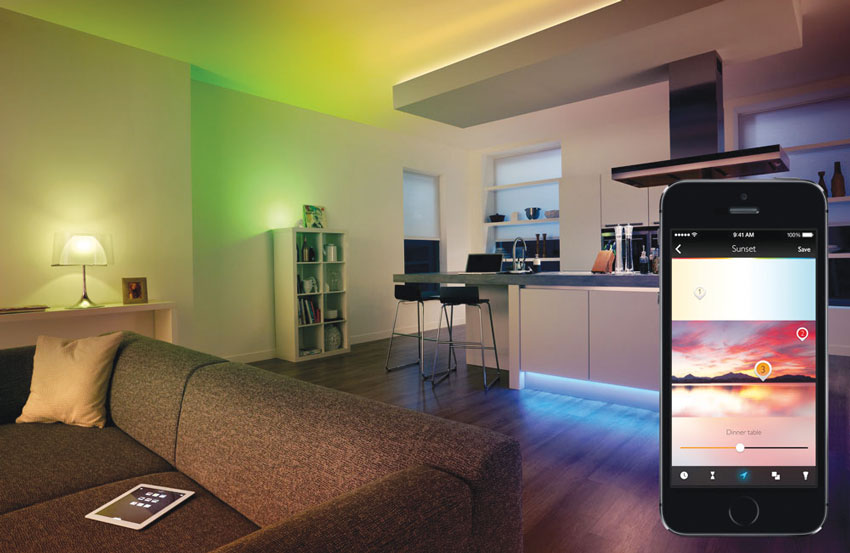
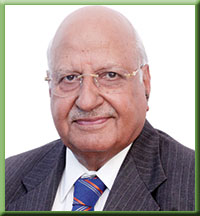
EON Electric Ltd, a relatively diversified player in the country's LED lighting arena, was quick in recognizing this shift. "Our company has been quick to recognize this certain change," admits Mr V P Mahendru, CMD, EON Electric. According to him, the company stopped manufacturing CFLs in one of its very large units in Noida four years ago because of the adverse effect CFLs create in the environment due to the mercury content. "The domestic LED lighting industry, which has already registered a sharp growth in demand, will get a further boost with the introduction of smart cities project," asserts Mr Mahendru.
The Technological Barrier
The announcement of smart cities project has forced the companies to look beyond the boundaries, and accordingly, bring in the latest best from the developed world. But, do all the technologies being developed from outside India suit to Indian conditions?
According to Mr Dhawan, while bringing in the latest best lighting technology to India, one needs to look at the dynamics of the Indian market, quality of power being distributed, spikes and fall in voltage, etc. All these call for extensive customization. "We at Orient Electric had realized this much before and developed our competence centre for electronics to understand the issues and find out solutions. We have been able to develop our own electronics which bring stability and longevity to the products while providing best light output and efficiency," he says.
Adding another aspect to it, Mr Gupta shares, while bringing the global technological trend in India, local weather conditions should be kept in mind. "The products should be able to withstand extreme climatic conditions. The casing and product design should be such that they are equally effective across seasons and regions." Another major issue according to him is the unique power supply situation which has been the norms rather than exception across the country. "The products malfunction on a regular basis due to these problems," laments Mr Gupta who feels that juxtaposing the global best will therefore not work in the Indian conditions – we need to focus on creating sustainable drivers and basic electronics for lighting products that can withstand severe conditions.
Keeping this in view, the German driver and electronics giant B,A,G, electronics has come up with reliable intelligent dimmable LED drivers - with 93% efficiency; 50,000 hrs of life at 75 case temp; low ripple and THD at 10%; EMC compatibility up to 300 MHz; independent channel dimming control etc. "Such products provide sustained high efficiency, and do not cause disturbance to other electronic equipment such as medical equipment, computerized equipment, telecommunication equipment, etc," assures Mr Praveen adding that these products are designed to withstand extreme conditions that India is known for.
Are You Future Ready?
It is obvious that products that are designed and developed outside the country will not be able to withstand typical Indian conditions. Accordingly, the lighting giants got busy creating products that are innovative, efficient-energy savers, sustainable, and can be able to meet extreme local requirements.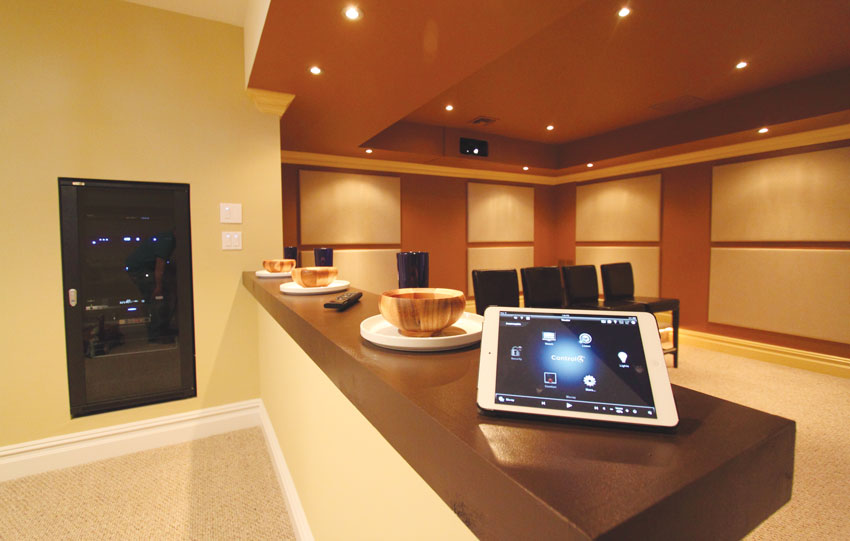
"At Orient Electric, it has always been the goal to develop innovative and customized offerings to meet the evolving consumer needs," says Mr Dhawan adding that our aim is to provide end-to-end solutions across categories and sectors. "We are known for durable, efficient, eco-friendly, superior quality products; this is aided by our own manufacturing capabilities. Our products are competitively priced and we have tried to pass on the benefit of our expertise in design of electronic drivers to our valuable consumers."
Mr Dhawan elaborates that Orient Electric's vision is to partner its customers at every stage of their life by offering superior lifestyle solutions that make their world safer, easier and creatively inspiring. The company has a very diverse LED centric portfolio covering varied segments of modern office and industrial segment. It also offers outdoor lighting solutions – street lighting, flood lighting, and landscape lighting.
NTL, on the other hand through constant innovations with extreme focus on R&D, is working to enhance its portfolio in lighting automation for both indoor and outdoor applications to be used in commercial as well as residential space. "In fact, our recently launched Tulip downlight is a perfect fit for smart cities. This is a decorative downlight fixture where the heat sink is of tulip shape with low depth and sleek design and this makes it an ideal fit for the places where there is less space between ceiling and the false ceiling. The Tulip-shaped fins ensure effective heat dissipation and add aesthetic value to the product," informs Mr Gupta. He adds that this particular product from NTL can be used in hotels, departmental stores, shops and boutiques, homes, corridors, staircases, lift, lobby, reception etc.
The emerging scope at smart cities project has further widened the perspective of innovation and EON Electric seems pretty excited about it. The company offers down lighters, panel lights, bulbs, tubes, street lights, weather proof fixtures and strip lights in its LED portfolio. After foraying into LED lighting two years ago, Eon is ramping up LED manufacturing facilities at its Haridwar plant and setting up an R&D centre at Noida. "We are in the process to add more varieties of efficient LED lights with automatic controls to be used when and as required, and hence, help further economizing the power consumption. For this, we have earmarked Rs.400 crore to emerge as one of the LED biggies within five years from now. Our company has already invested Rs.100 crore and the remaining amount would be pumped in phase-wise," informs Mr Mahendru.
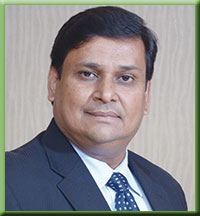
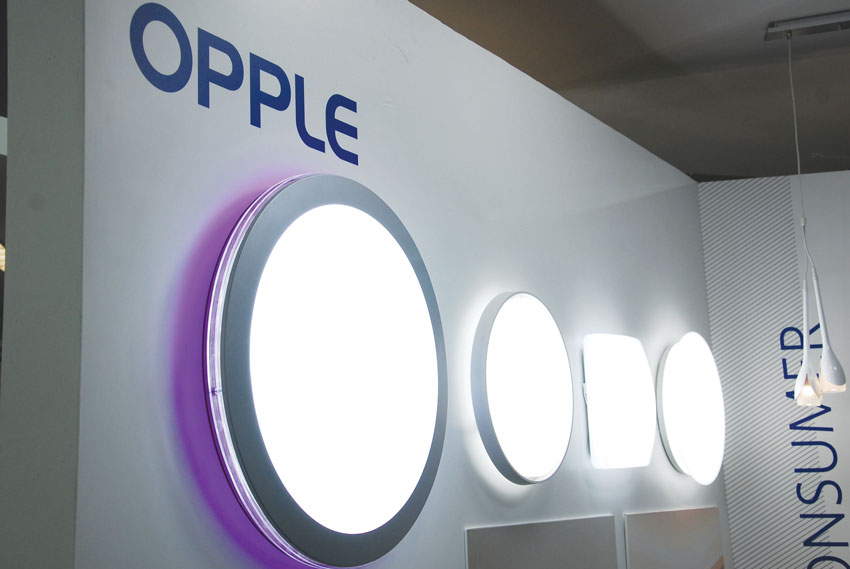
Conclusion
Clearly, the lighting stalwarts foresee a new wave of opportunities lying down the lane. The only need is to do the homework perfectly and develop products that can meet the needed objective. LED has already evolved as technology meeting all parameters of performance. So, the focus would be on customizing and making luminaires suiting to specific needs and requirement, where the roles of designers and architects become of the utmost importance.Lighting Automation Saves Energy
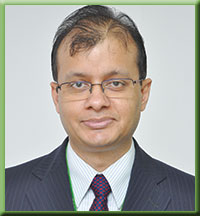
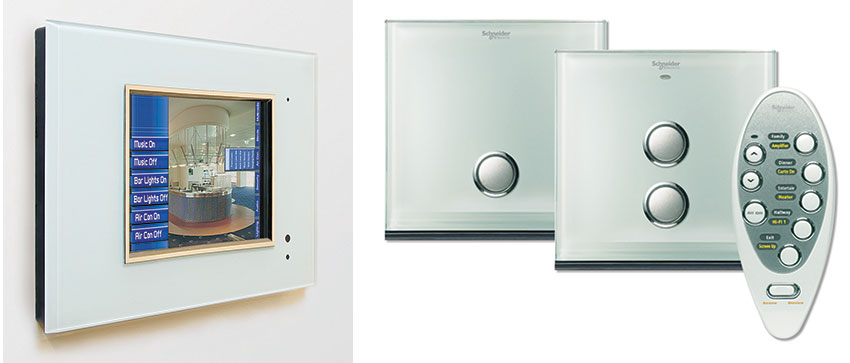
Schneider has a separate business unit to talk on efficient building systems, which include building automation segment. Apart from this, the French conglomerate has various other business units which are already engaged in creating smart cities somewhere or the other across the country. "We are neither in lighting nor in generating electricity, but we ensure safe provision of the same – from power plant to power plug. We also help customers understand the benefits of deploying energy efficiency systems and ensure to demonstrate the savings. It is about how many units a building is able to save on energy consumption," says Mr Kumar.
